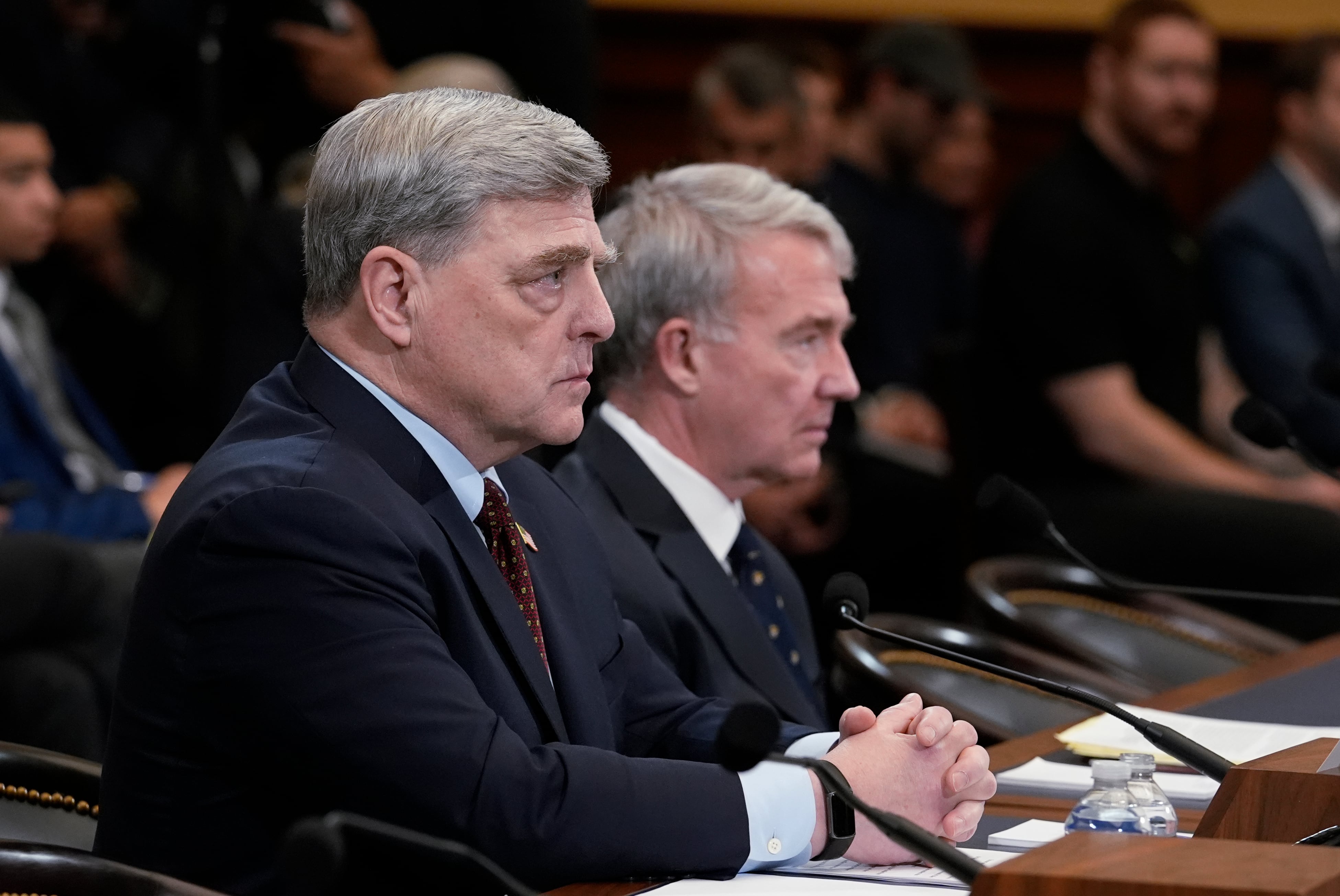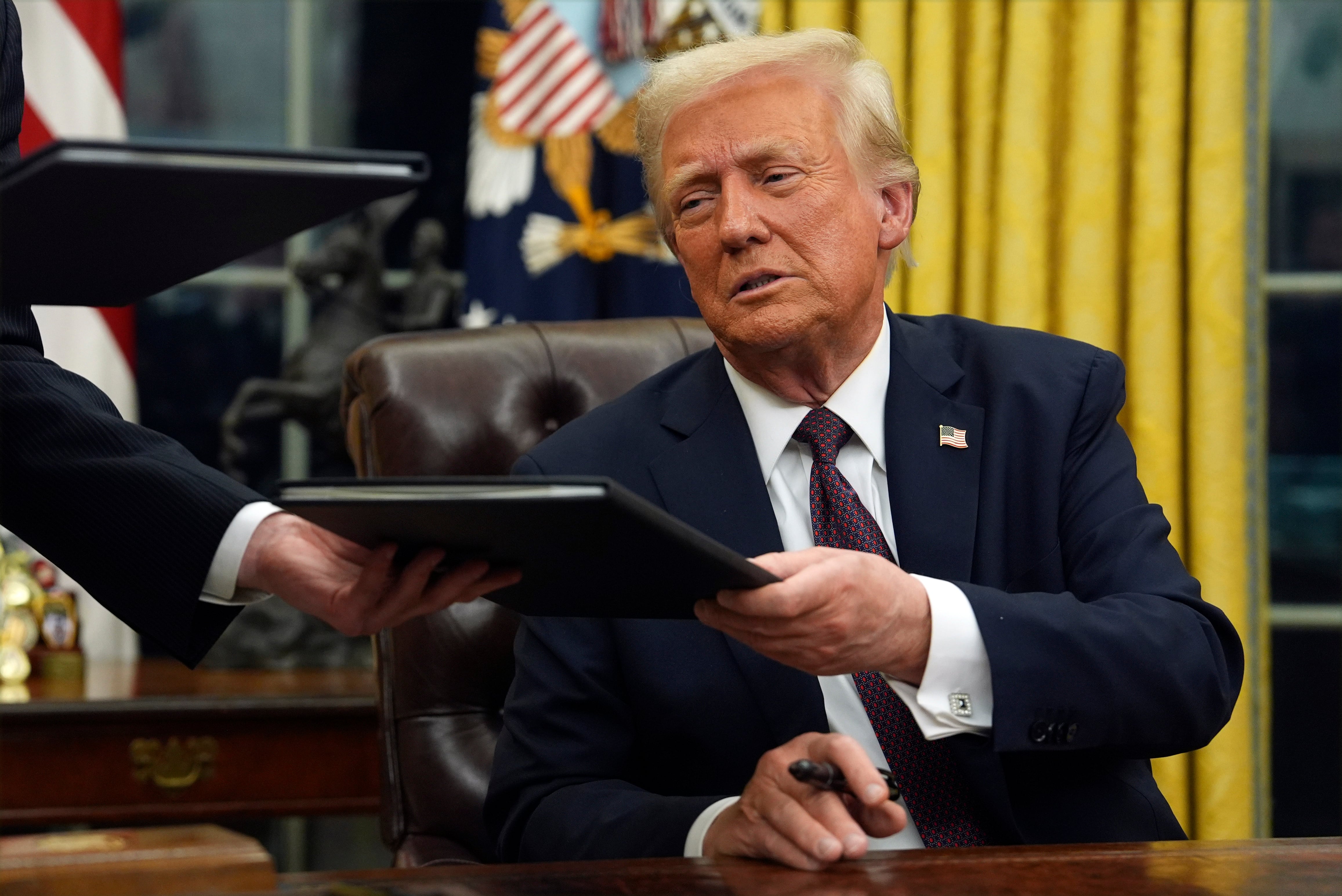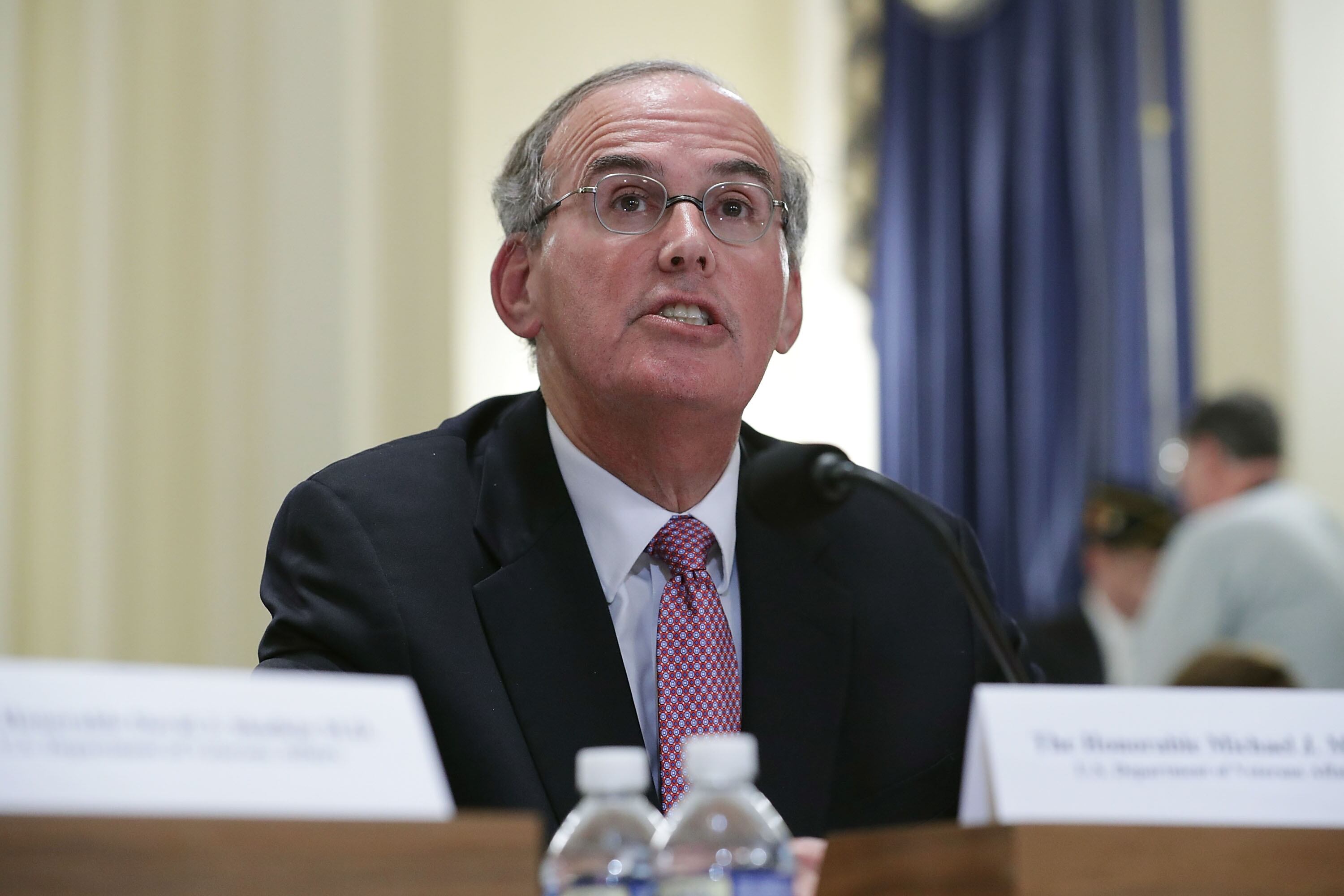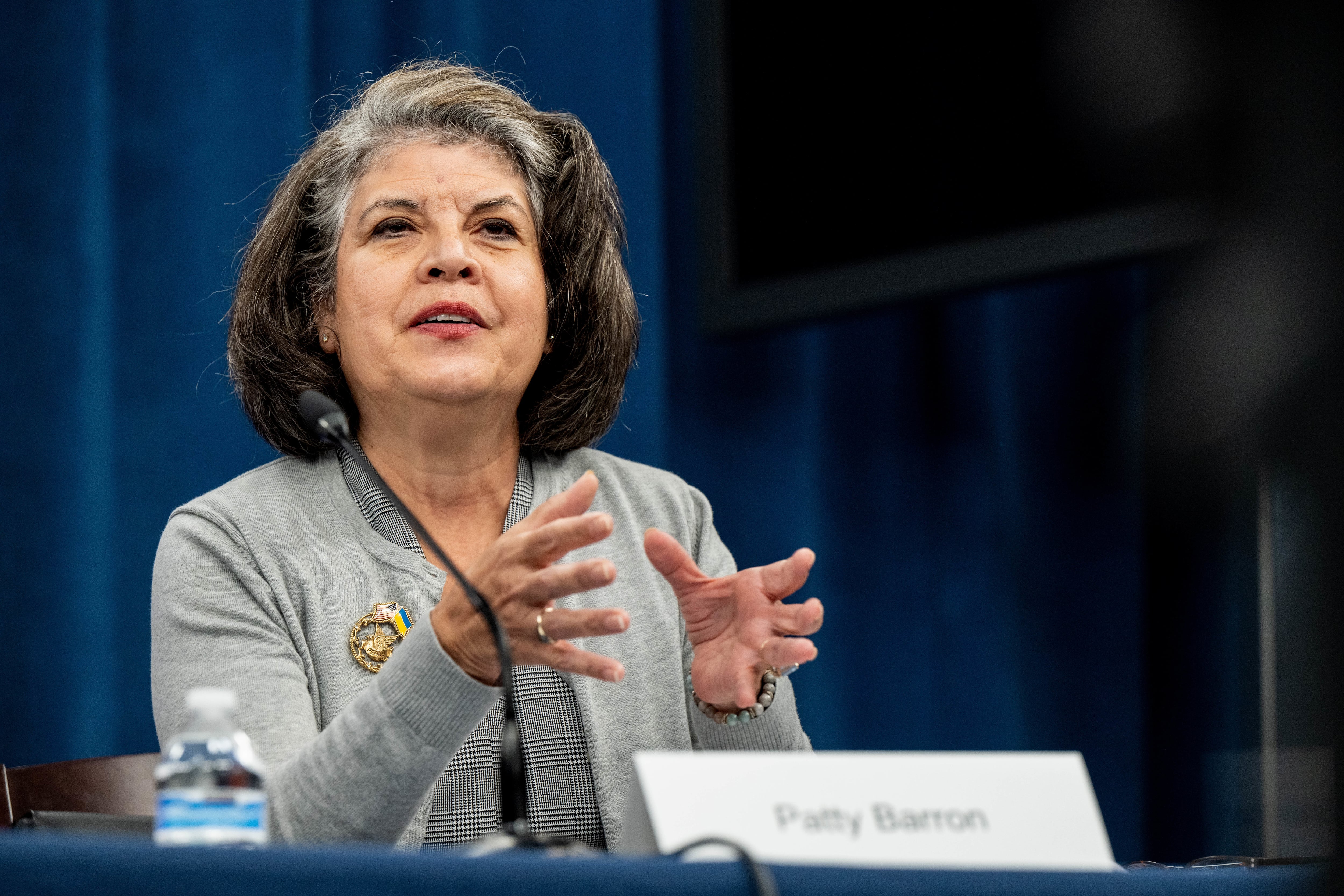WASHINGTON — The great Navy buildup promised by U.S. President Donald Trump during his campaign is so far all talk and no action, and with progress on Capitol Hill stalled on almost all fronts, the Defense Department seems more likely to eat another round of sequester cuts than cut steel for a bunch of extra ships.
The defense appropriations bill — the means by which Congress sends money to the military — is stalled in the Senate, and experts say it’s likely to stay there until there is progress on a deal that would address the spending caps imposed by the 2011 Budget Control Act. And the dysfunction will almost certainly stymie any effort by the U.S. Navy to expand its fleet until Congress finds a way to resolve its internal conflicts or Defense Secretary Jim Mattis decides to strip funding from the other services to pay for a larger fleet.
But if navalists and shipbuilders are waiting for that, it may be a long wait. Mattis has told Congress that he thinks the fleet needs to grow but that he isn’t going to rob the other services to do it. Any substantial increase in the size of the fleet is contingent on 3 to 5 percent annual budget growth, which would be impossible under the current Budget Control Act.
On Capitol Hill, the prospect for some kind of “grand bargain,” one that would lift the spending caps and give the Defense Department the growth its looking for, is bleak, said Todd Harrison, a budget analyst with the Center for Strategic and International Studies.
“I wouldn’t hold your breath for a grand deal,” Harrison said. “What usually comes is a kind of mini deal,” meaning an agreement that raises caps by a modest margin for a set period of time.
Shy of a deal that raises the caps — similar to the Bipartisan Budget Act of 2015 that locked in budget levels in 2016 and 2017 above the caps — the Navy and the rest of the DoD will either operate for the year under continuing resolutions that lock in 2017-level spending or will endure an across-the-board cut, evenly slashing spending on every program the Navy owns to meet the caps.
That means that increased spending planned for programs such as the Ohio-replacement program — the new sea-based nuclear missile boats to replace those that are coming to the end of their life cycle — would start to face cuts. At the very least, the planned spending increases for the Ohio replacement would be smaller than budgeted for, which would kick the can down the road and force the Navy to draw from other programs under a more stable budget later, almost certainly cutting into money that could be used to grow the fleet.
Navy leaders have consistently said the Ohio replacement is the No. 1 budgetary priority for the service, but the boats cost anywhere from $5 billion to $6 billion a pop, depending on how you slice it. That’s a big cut from the Navy’s roughly $16 billion annual shipbuilding budget, according to a Congressional Budget Office rolling average.
On the plus side, however, the cuts won’t be as harsh as the 2013 budget sequestration that forced the Navy to cancel deployments and furlough shipyard workers to sneak in under its caps, said Bryan Clark, a former aide to then-Chief of Naval Operations Adm. Jonathan Greenert and an analyst with the Center for Strategic and Budgetary Assessments.
The sequestration caps increase every year under the Budget Control Act, so if whatever appropriations come out of Congress bust the caps, which they almost certainly will, the cuts will be less than the Navy planned for but probably more than a full-year continuing resolution, Clarke said.
“Relative to a full-year continuing resolution, the budget is going to go up,” he said. “It will be less than they planned for, though, so programs that were expecting a big plus-up will need a reevaluation. Programs that weren’t changing won’t be as affected.”
Under the current continuing resolution hashed out between Trump and the Democrats, the money runs out Dec. 8, meaning Congress needs to: reach a deal that raises the caps; extend the continuing resolution, forcing a tough budget vote in the middle of an election year; or shut down the government until lawmakers manage to do one of the first two options.
A bigger fleet? Yeah, but …
Aside from the congressional hurdles that must be overcome, Trump’s naval buildup aspirations must overcome a seeming lack of coherent vision of what a bigger Navy means or how it’s going to be paid for.
In June, when asked where he sees the Navy’s fleet in 2025, Mattis said in a House Armed Services Committee hearing that it depends on whether the Budget Control Act would be repealed, adding that he is prioritizing fixing the existing fleet.
“I would think it’s going to take a budget that’s probably up around 5 percent growth — real growth — in order to get towards where we want to go. Three percent growth will not suffice, I’ll tell you that. It’s going to be up over 5 percent.”
Navy leaders have even seemed to put the brakes on their own stated goal of a 355-ship fleet. The new secretary of the Navy, Richard Spencer, agrees the Navy needs to aim for 355 ships, but wants to understand what kind of ships and technologies the Navy will need in the future before putting lots of money toward the move.
During his confirmation hearing, Spencer appeared to walk back the Navy’s goal of 355 ships, but later clarified he was first trying to understand how the fleet should look.
“I totally agree, we need to grow the fleet for a bunch of reasons — presence, posture and delivery of force,” Spencer said in a Sept. 9 speech at the Navy Memorial. “But I can’t tell you I know what a ship looks like 15 years out.
“So I wanted to make sure everyone understands where I was coming from. I wasn’t hedging a bet. We really do have to understand technology and get our hands around it when we start looking out forward.”
The Navy’s top officer has also been focusing more on technology rather than the actual number of hulls, the kind of capability-over-capacity argument espoused by former Secretary of Defense Ash Carter that rankled former Secretary of the Navy Ray Mabus, who jealously guarded shipbuilding accounts.
Richardson has spoken of increasing networking within the fleet to spread out the Navy’s sensors and information sharing to cover a larger swathe of the ocean without adding lots of traditional ships.
In August, Richardson said that counting highly capable unmanned ships among the fleet would be a way to get closer to the 355-ship Navy, up from its current 278 ships, and said the Navy of the future would have to look different, according to The Associated Press.
“I can guarantee that it’s not going to be building more of the same thing we have right now,” he said. “Because that will not be the Navy that the nation needs to secure itself and promote its prosperity.”
David B. Larter was the naval warfare reporter for Defense News.










